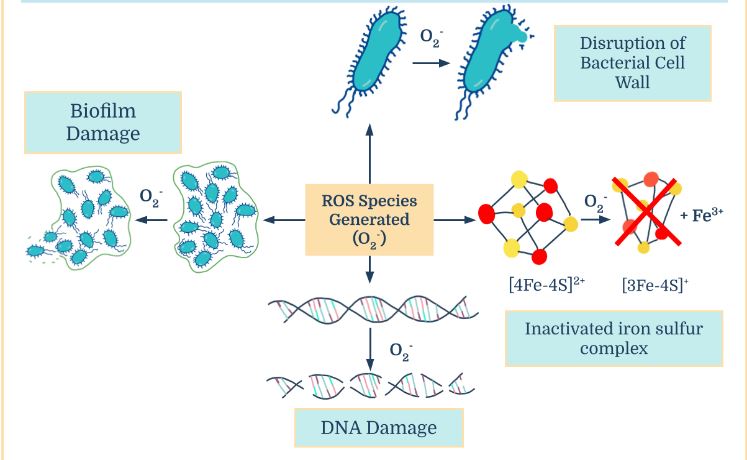So picture this… It’s the year 1928 and penicillin has just been discovered. Penicillin revolutionized modern medicine and with other antibiotics to come, it would go on to treat the untreatable and save millions of lives. Now, let’s flash forward to a more grim version of the future. It’s the year 2022. Antibiotics were supposed to be our precious resource but every time we misused them or overused them, we gave bacteria a chance to evolve and become resistant, and at the same time our scientists were unable to bring new antibiotics to the market. The World Health Organization (WHO) is calling antibiotic resistance “one of the biggest threats to global health today” so in recent years scientists have been looking for new multi-dimensional strategies to combat this issue. One of those is the use of light-activated quantum dots.

Over-prescription and patient non-compliance exacerbate the issue of antibiotic resistance. Getty Images/Joe Raedle
What are quantum dots?
Quantum dots are tiny particles made of semiconducting material, meaning they partly conduct electrical current. They are only a few nanometres in size and can be engineered in terms of shape, size, and material. The way these quantum dots kill bacteria is not all that complicated. Basically, when our bodies are infected with bacteria, they naturally produce what scientists call Reactive Oxygen Species (ROS) in our immune cells to kill bacteria, and what light-activated quantum dots do is that they essentially mimic this natural killing process of the body by producing ROS of their own.
How is the killing initiated?
Now you may be thinking, how do we ensure that the cells that are not infected with bacteria, don’t end up getting killed? Well, the answer is quite simple. In application, quantum dots are specifically injected at the site of bacterial infection in the human body, so as to not affect other tissues, and when they receive an input of light of sufficient energy in a process called photoactivation, their electrons (particles with a negative charge of electricity) jump from a region of space with lower energy called the valence band to a region of space with higher energy called the conduction band. The energy difference between these two is referred to as the “bandgap” and when the electrons relax back to their ground level (i.e. the valence band), a photon of light is released that provides the energy needed for producing the killer Reactive Oxygen Species.

An input of light causes electrons of the quantum dots to move around, energy is released, and the killer ROS come to life! Adapted from Redox-Active Therapeutics
What are the consequences?
The killer ROS will break down bacterial biofilms (self-contained bacterial communities), damage the bacterial cell wall and cell membrane and inactivate enzymes needed for bacterial survival. And because the ROS are killing these microbes through all these different non-specific ways, the microbes can no longer develop resistance!

Quantum Dots and their many ways of killing bacteria! Adapted from McCollum et
al. and Imlay
One for the future?
It is abundantly clear that quantum dot technology shows great promise in combating the widespread issue of antibiotic resistance. Although the clinical use of the technology is a long way off, the strategy is an intriguing new approach at a time when the rate of drug development is much slower than the rate of antibiotic development and the pharmaceutical industry is lagging behind.
Student research on the applications of quantum dots at The University of Colorado. Materials Research Society

2 responses to “The tiny but mighty solution to antibiotic resistance”